The Japanese government is to pay for a significant part of a second Taiwan Semiconductor Manufacturing Co (TSMC, 台積電) factory in southern Kumamoto Prefecture, leaders of the ruling party’s lawmaker coalition on chips said.
Giving no support would be out of the question after the government pledged to shoulder half the cost of the first Kumamoto plant, said Akira Amari and Yoshihiro Seki, chairman and secretary-general of the Liberal Democratic Party’s group on semiconductors.
Amari said about one-third of the cost is the norm for these types of projects, and the amount of support for the first was unusually large.
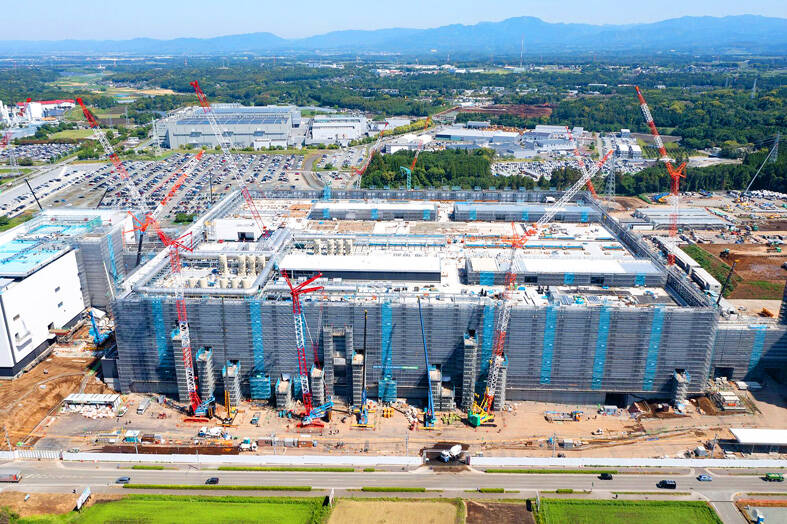
Photo: Bloomberg
The subsidies would be part of Japan’s efforts to revive its domestic chipmaking industry, a sector that is viewed as crucial for growth and economic security, Amari said.
“This is a national strategy,” Amari said in an interview in Tokyo on Wednesday. “We are facing the kind of choice that will set our course over the next decades. Are we going to be a receiver of chips or a provider? Which is better? We have no choice but to take on this challenge, regardless of the outcome.”
Whether or not the government would also pay for half of the second TSMC plant would depend on what type of chips are to be made there and how much of a wider economic impact it can generate in the region, Seki said.
For example, the government would be more supportive if TSMC plans to train many Japanese engineers through its own more technically advanced workers, he said.
“The plant will certainly boost the economy and we will back it,” Seki said in a separate interview on Wednesday in Tokyo. “Around the globe, governments are pouring in support. If Japan alone does not do anything, we will not be able to attract top chip companies from the rest of the world.”
The lawmakers also said they would like to see at least ¥1 trillion (US$7 billion) of chip-related support in an extra budget this year, which would likely be compiled toward the end of the calendar year.
“Investments in the trillions of yen are the global standard when it comes to chips,” Amari said. “We will secure a substantial budget amount.”
While the second TSMC plant has not officially been announced by the company, aid for it could be part of that budget, Seki said.
Money could also go to legacy and power semiconductor production in need of support.
TSMC chairman Mark Liu (劉德音) in June said that the company is in discussions with Japan over subsidies for a second facility, which might be located alongside its current plant in Kumamoto.
Japan plans to invest about ¥10 trillion in semiconductors over the span of a decade, Japanese Prime Minister Fumio Kishida said last year.
So far, about ¥1.76 trillion has been set aside for the nation’s chip and digital strategy that was created in 2021 and revised this year, the Japanese Ministry of Economy, Trade and Industry said.
Of that total, ¥1.2 trillion is for semiconductors, ¥500 billion for storage batteries and ¥60 billion for software-related initiatives.
Japan is aiming to triple the sales of domestically produced semiconductors to more than ¥15 trillion by 2030.
Key aid pledged so far includes ¥476 billion for the first TSMC plant, set to begin production late next year, and ¥330 billion for Japan’s homegrown semiconductor venture Rapidus Corp in northern Hokkaido.
The TSMC case has justification in that it brings the world’s leading chipmaker to Japan, but the risk is higher for Rapidus, Seki said.
The latter is a brand new start-up that aims to mass produce the most advanced form of chips, uncharted territory for Japan, and the government is planning on providing further support.
“I recognize this is a tough project,” Seki said of Rapidus. “We won’t be able to succeed unless we think that there’s no choice but to succeed.”
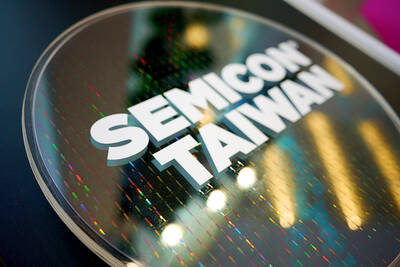
With this year’s Semicon Taiwan trade show set to kick off on Wednesday, market attention has turned to the mass production of advanced packaging technologies and capacity expansion in Taiwan and the US. With traditional scaling reaching physical limits, heterogeneous integration and packaging technologies have emerged as key solutions. Surging demand for artificial intelligence (AI), high-performance computing (HPC) and high-bandwidth memory (HBM) chips has put technologies such as chip-on-wafer-on-substrate (CoWoS), integrated fan-out (InFO), system on integrated chips (SoIC), 3D IC and fan-out panel-level packaging (FOPLP) at the center of semiconductor innovation, making them a major focus at this year’s trade show, according
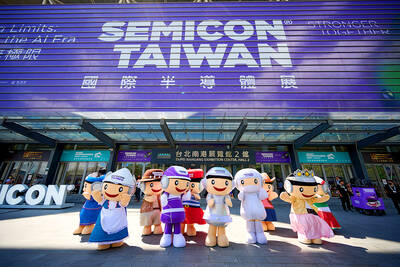
DEBUT: The trade show is to feature 17 national pavilions, a new high for the event, including from Canada, Costa Rica, Lithuania, Sweden and Vietnam for the first time The Semicon Taiwan trade show, which opens on Wednesday, is expected to see a new high in the number of exhibitors and visitors from around the world, said its organizer, SEMI, which has described the annual event as the “Olympics of the semiconductor industry.” SEMI, which represents companies in the electronics manufacturing and design supply chain, and touts the annual exhibition as the most influential semiconductor trade show in the world, said more than 1,200 enterprises from 56 countries are to showcase their innovations across more than 4,100 booths, and that the event could attract 100,000 visitors. This year’s event features 17
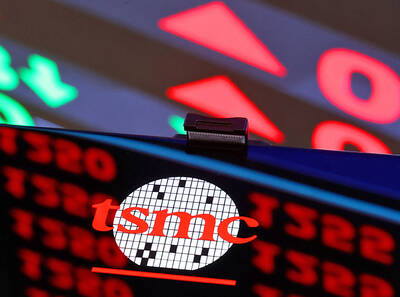
SEMICONDUCTOR SERVICES: A company executive said that Taiwanese firms must think about how to participate in global supply chains and lift their competitiveness Taiwan Semiconductor Manufacturing Co (TSMC, 台積電) yesterday said it expects to launch its first multifunctional service center in Pingtung County in the middle of 2027, in a bid to foster a resilient high-tech facility construction ecosystem. TSMC broached the idea of creating a center two or three years ago when it started building new manufacturing capacity in the US and Japan, the company said. The center, dubbed an “ecosystem park,” would assist local manufacturing facility construction partners to upgrade their capabilities and secure more deals from other global chipmakers such as Intel Corp, Micron Technology Inc and Infineon Technologies AG, TSMC said. It
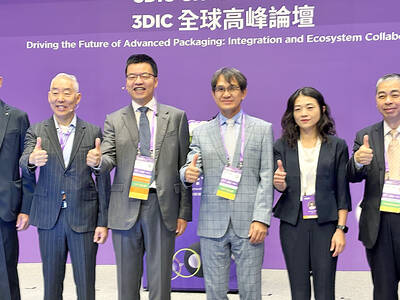
EXPORT GROWTH: The AI boom has shortened chip cycles to just one year, putting pressure on chipmakers to accelerate development and expand packaging capacity Developing a localized supply chain for advanced packaging equipment is critical for keeping pace with customers’ increasingly shrinking time-to-market cycles for new artificial intelligence (AI) chips, Taiwan Semiconductor Manufacturing Co (TSMC, 台積電) said yesterday. Spurred on by the AI revolution, customers are accelerating product upgrades to nearly every year, compared with the two to three-year development cadence in the past, TSMC vice president of advanced packaging technology and service Jun He (何軍) said at a 3D IC Global Summit organized by SEMI in Taipei. These shortened cycles put heavy pressure on chipmakers, as the entire process — from chip design to mass